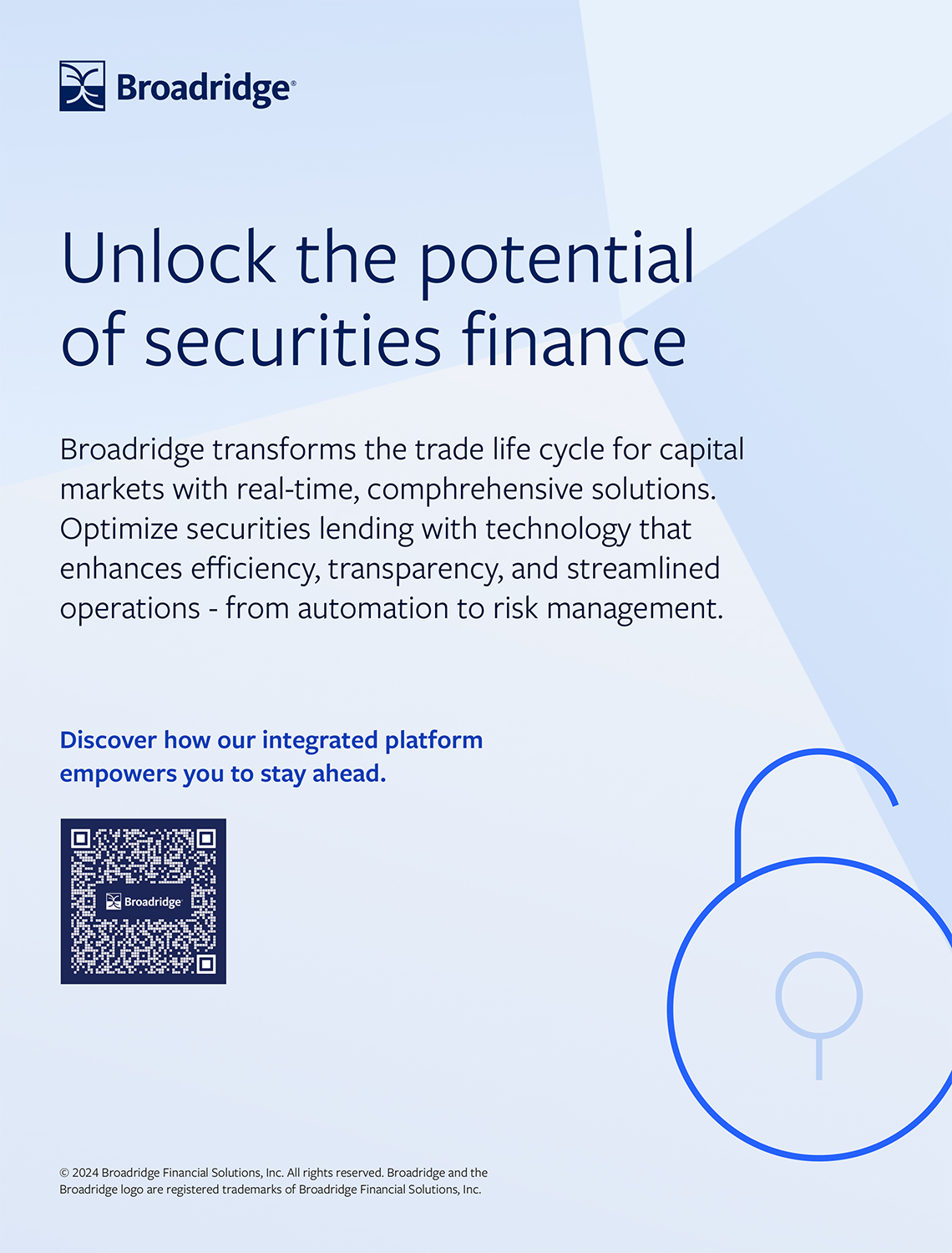IMN: Blockchain is a team sport
08 February 2019 Fort Lauderdale
 Image: Shutterstock
Image: Shutterstock
Blockchain is a team sport, it only works when everybody is willing to participate, Christopher Ferris, engineer and CTO open technology at IBM, claimed during a panel on the hype and reality for blockchain.
Armeet Sandhu, CEO, Stonewain Systems, said: “Blockchain and hype around this technology have been around for a while. I see the efficiencies that technology brings in from all of the post-trade services, and the value of that efficiency is one big benefit for the providers.”
Sandhu added: “What value are the beneficial owners going to reap if the providers implement blockchain? Transparency could be one, this is a big plus and it allows participants to be better informed by listening to this shared ledger.”
It was noted that blockchain is often referred to as a solution looking for a problem, and so the question was asked: “If blockchain is the solution, what’s the problem in securities finance?”
Some of the problems listed included Securities Financing Transaction Regulation (SFTR), pledge structures and collateral optimisation, and cash collateral pools.
Ed Blount, executive director, centre for the Study of Financial Market Evolution, commented: “SFTR is a big issue facing our industry and we need to access to which degree that might change agent lender disclosure and how blockchain might be a solution for that.”
Sandhu explained: “My scepticism in blockchain is: what is the delta that the technology will provide for us? Is it providing revenue? It’s a massive expense and so this must be considered.”
Discussing distributed ledger technology (DLT), one panellist explained: “There are two types of a DLT type environment - public and permissioned. Permissioned is a closed system, to a certain degree, and permissionless or public means that anyone can join onto your system and there is no privacy.”
“One of the challenges we have in achieving the types of privacy that are necessary, how to achieve the benefits of DLT ledger whilst sharing information, keeping privacy and confidentiality.”
Meanwhile, discussing technology more broadly, Ferris cited: “Technology is evolving rapidly and as people try out new use cases they are finding out one of two things. They are either finding that they have a nice optimisation but the expense of implementing the solution into the enterprise is going to be greater than the benefit that they might reap from.”
“Second, there are the solutions which are transformative, where essentially a problem is being solved which hadn’t previously been solved from technologies such as blockchain and DLT.”
Another panellist added: “There are central authorities such as SWIFT and DTCC, and they are trying to make sure that they don’t become disintermediated. The hardest part is not the technology it is getting people together to collaborate.”
Armeet Sandhu, CEO, Stonewain Systems, said: “Blockchain and hype around this technology have been around for a while. I see the efficiencies that technology brings in from all of the post-trade services, and the value of that efficiency is one big benefit for the providers.”
Sandhu added: “What value are the beneficial owners going to reap if the providers implement blockchain? Transparency could be one, this is a big plus and it allows participants to be better informed by listening to this shared ledger.”
It was noted that blockchain is often referred to as a solution looking for a problem, and so the question was asked: “If blockchain is the solution, what’s the problem in securities finance?”
Some of the problems listed included Securities Financing Transaction Regulation (SFTR), pledge structures and collateral optimisation, and cash collateral pools.
Ed Blount, executive director, centre for the Study of Financial Market Evolution, commented: “SFTR is a big issue facing our industry and we need to access to which degree that might change agent lender disclosure and how blockchain might be a solution for that.”
Sandhu explained: “My scepticism in blockchain is: what is the delta that the technology will provide for us? Is it providing revenue? It’s a massive expense and so this must be considered.”
Discussing distributed ledger technology (DLT), one panellist explained: “There are two types of a DLT type environment - public and permissioned. Permissioned is a closed system, to a certain degree, and permissionless or public means that anyone can join onto your system and there is no privacy.”
“One of the challenges we have in achieving the types of privacy that are necessary, how to achieve the benefits of DLT ledger whilst sharing information, keeping privacy and confidentiality.”
Meanwhile, discussing technology more broadly, Ferris cited: “Technology is evolving rapidly and as people try out new use cases they are finding out one of two things. They are either finding that they have a nice optimisation but the expense of implementing the solution into the enterprise is going to be greater than the benefit that they might reap from.”
“Second, there are the solutions which are transformative, where essentially a problem is being solved which hadn’t previously been solved from technologies such as blockchain and DLT.”
Another panellist added: “There are central authorities such as SWIFT and DTCC, and they are trying to make sure that they don’t become disintermediated. The hardest part is not the technology it is getting people together to collaborate.”
NO FEE, NO RISK
100% ON RETURNS If you invest in only one securities finance news source this year, make sure it is your free subscription to Securities Finance Times
100% ON RETURNS If you invest in only one securities finance news source this year, make sure it is your free subscription to Securities Finance Times



